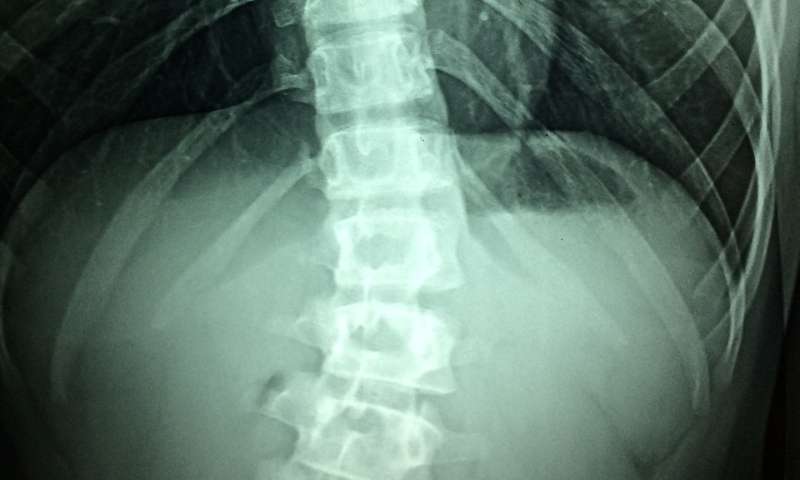Impact of Neighborhood Marginalization on Outcomes After Heart Attack in Young Adults

Living in socioeconomically marginalized neighborhoods is associated with higher mortality and reduced healthcare follow-up in young acute myocardial infarction survivors, emphasizing the impact of social determinants on heart health outcomes.
Recent research highlights a concerning link between living in socioeconomically marginalized neighborhoods and worse health outcomes among younger survivors of acute myocardial infarction (AMI). Published online on July 2, 2025, in JAMA Network Open, the study examined how neighborhood characteristics influence mortality and healthcare utilization post-heart attack.
The study analyzed data from 65,464 AMI patients under the age of 65 within a universal healthcare system, with a median age of 56. Researchers assessed the degree of neighborhood marginalization and its association with patient outcomes over a three-year period.
Findings revealed that higher levels of neighborhood marginalization were associated with increased mortality rates starting 30 days after hospital discharge and continuing throughout the follow-up period. Mortality rates ranged from 2.2% in the least marginalized areas (Q1) to 5.2% in the most marginalized areas (Q5) after three years. Adjusted hazard ratios indicated that patients from the most marginalized neighborhoods faced a 52% higher risk of death compared to those from the least marginalized areas.
Additionally, disparities were evident in healthcare access, with lower follow-up visits to primary care physicians and cardiologists among residents of more marginalized neighborhoods. Diagnostic testing also lagged behind in these populations.
The researchers suggest that younger individuals are particularly vulnerable to the negative effects of living in marginalized neighborhoods, and that even with universal healthcare coverage, these social determinants of health continue to drive outcome disparities. The study emphasizes the need for targeted public health strategies to address social inequalities and improve post-AMI care for disadvantaged populations.
This research underscores the importance of considering social factors in cardiovascular health management and highlights ongoing challenges in achieving health equity. For more details, visit source.
Stay Updated with Mia's Feed
Get the latest health & wellness insights delivered straight to your inbox.
Related Articles
Reevaluating Spinal Cord Stimulators: High Costs and Limited Effectiveness Raise Concerns
New research questions the cost-effectiveness and safety of spinal cord stimulators for back pain, highlighting the need for alternative therapies. Over 25% of patients require additional surgery due to complications.
GLP-1 Medications Show Promise in Reducing Chronic Migraine Days by Half
New research indicates that GLP-1 medications, used for diabetes and obesity, may halve the number of monthly migraine days, offering hope for improved treatment options.
New Research Suggests Omega-3 Fats Might Increase Certain Inflammatory Markers
Emerging research indicates that omega-3 fatty acids, commonly believed to reduce inflammation, may actually elevate certain inflammatory markers, highlighting the complex relationship between dietary fats and health.



